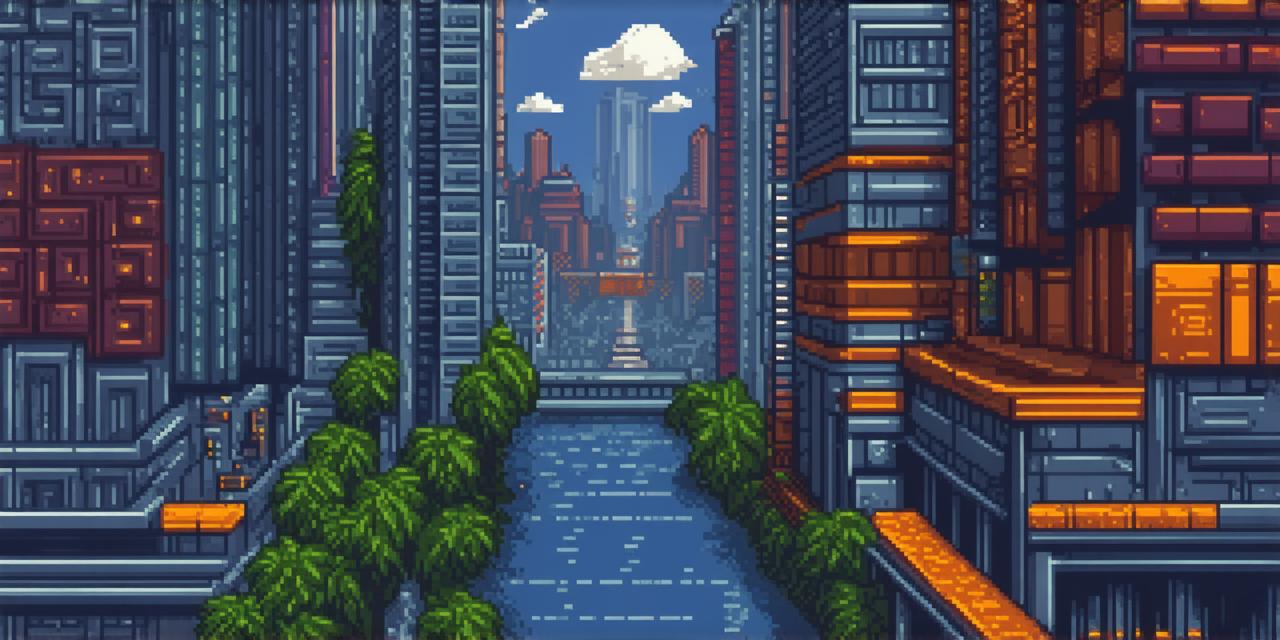Drawing video game art can be a challenging task, especially for game developers who are not professional artists. However, with the right tools and techniques, anyone can create stunning visuals that bring their games to life.
1. Understanding the Basics of Art
Before you start drawing video game art, it’s important to have a solid understanding of the basics of art. This includes things like composition, color theory, and perspective. You can find plenty of resources online that will help you learn these concepts and more.
2. Choosing Your Medium
Once you have a basic understanding of art, it’s time to choose your medium. There are many different tools and techniques you can use to create video game art, including traditional methods like pencils and paints, as well as digital tools like Photoshop and 3D modeling software.
3. Sketching and Conceptualization
Before you start drawing the details of your game, it’s important to sketch out the basic concepts and ideas. This includes creating a rough draft of the game world, characters, and objects that will be featured in the game. These sketches will help you refine your ideas and create a solid foundation for your art.
4. Refining Your Sketch
Once you have a rough sketch, it’s time to refine it. This involves adding more detail, choosing the right colors, and making sure that everything is proportioned correctly. You can also use this opportunity to experiment with different styles and techniques to find the one that works best for your game.

5. Drawing the Details
With your rough sketch and conceptualization complete, it’s time to start drawing the details of your game. This includes things like characters, objects, environments, and more. You can use a variety of tools and techniques to create these details, including pencils, paints, and digital brushes.
6. Adding Textures and Effects
Once you have drawn all the basic elements of your game, it’s time to add textures and effects to bring everything to life. This can include things like shading, highlights, and special effects like explosions or particle systems. You can use a variety of tools and techniques to create these effects, including Photoshop and 3D modeling software.
7. Lighting and Shading
Lighting and shading are crucial elements in creating realistic visuals for your game. This involves adding light sources to your scene, such as the sun or artificial lights, and using them to create shadows and highlights on your characters and objects. You can use a variety of techniques to create lighting and shading effects, including global illumination and ray tracing.
8. Rendering and Exporting
Once you have finished drawing and adding textures and effects to your game, it’s time to render and export your artwork. This involves rendering the final image or video, which will be used in your game. You can use a variety of software tools to do this, including Photoshop, 3D modeling software, and game engines like Unity or Unreal Engine.
9. Final Touches and Polishing
Once you have rendered and exported your artwork, it’s time to add any final touches and polish. This can include things like adding sound effects, adjusting the color balance, and making sure that everything is properly aligned and proportioned. You can also use this opportunity to get feedback from other game developers or artists to help improve your work.
10. Frequently Asked Questions
Q: What tools do I need to draw video game art?
A: There are many different tools you can use to create video game art, including traditional methods like pencils and paints, as well as digital tools like Photoshop and 3D modeling software. The best tool for you will depend on your personal preference and the needs of your project.
